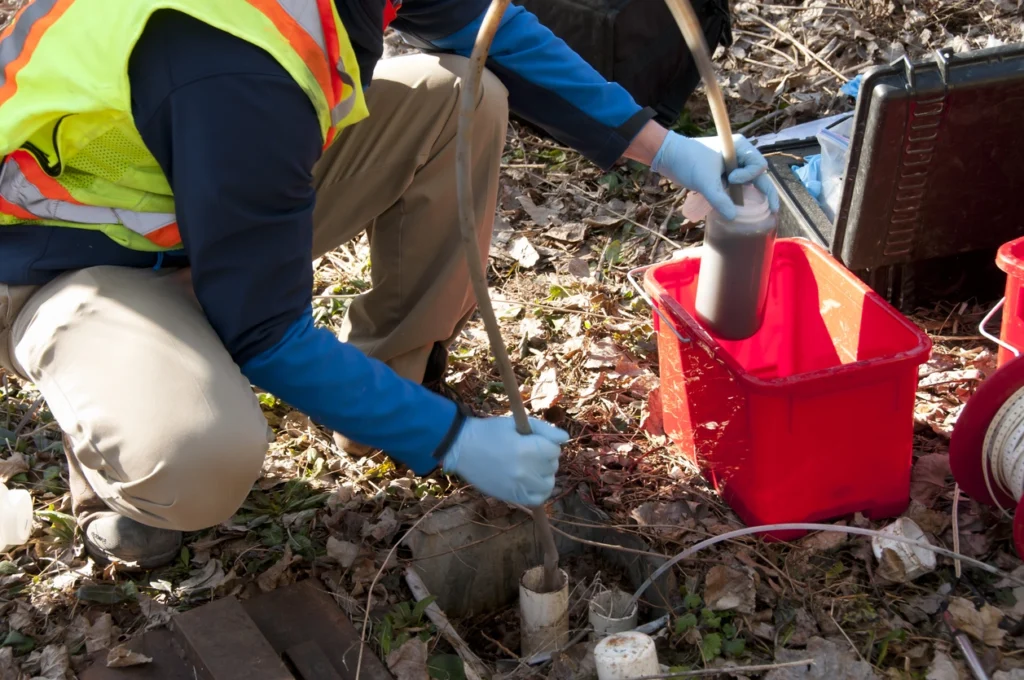Imagine hiking through a lush rainforest, the air heavy with moisture, then traversing vast, sunbaked desert dunes. Earth’s landscapes may seem wildly diverse, but there’s a hidden pattern to the planet’s natural tapestry. Ecoregions are the key to decoding this beautiful complexity.
While you might hear terms like “biome” or “ecological zone,” we’ll mainly use the term “ecoregion.” These all describe similar concepts – areas defined by their unique combination of climate, geology, plants, and animals.
Understanding ecoregions takes you beyond simply memorizing places on a map. You’ll discover what makes each region special, why these divisions matter for conservation, and how the science of ecoregions can even enhance your next adventure. Let’s dive in!

What Are Ecoregions? Beyond the Map
Ecoregions are areas with distinct combinations of plants, animals, and landscapes. Think of them as nature’s neighborhoods, each with its own unique character.
Several factors work together to shape an ecoregion:
- Climate: Temperature and rainfall patterns play a huge role. Compare the steamy Amazon rainforest to the frigid Arctic tundra.
- Geology: The underlying rock and soil types influence what plants can grow, and the terrain itself (think mountains vs. flat plains).
- Wildlife: Animals have evolved to thrive in specific conditions, so a region’s plant life determines which animal communities you’ll find.
- Human Influence: While not a natural factor, how people use the land leaves its mark, and is increasingly considered in ecoregion definitions.
Ecoregions exist at different scales. There are massive continental ecoregions, but even your backyard is likely part of a more localized ecoregion with its own distinct flavor.
Ecoregions in Action
Conservation Corner
Ecoregions are a conservationist’s best friend. They help identify which areas are most diverse or in need of protection. For example, the Cape Floristic Region in South Africa is famed for its unique plant life found nowhere else. Recognizing it as a distinct ecoregion was crucial for getting it protected.
Travel with an Eco-Lens
Understanding ecoregions makes you a more mindful traveler. Resources like WWF’s “Wildfinder” let you explore ecoregions around the globe. Before your next trip, research the region’s wildlife – it’ll make your experience so much richer!
DIY Science?
Ecoregions are a great way to get involved in citizen science. Document the plants and animals you see in your neighborhood using apps like iNaturalist. Your observations contribute to our understanding of biodiversity at a local scale, and might even help track changes in your own ecoregion over time.
Not sure which ecoregion you’re in? Several websites let you type in your location and discover its ecological classification. It’s a fun starting point for learning more!

The Ecologist’s Toolkit
How are ecoregions mapped?
It’s a mix of high-tech tools and boots-on-the-ground science:
- GIS (Geographic Information Systems): Think of it as digital mapmaking on steroids. Ecologists layer data on climate, vegetation patterns, satellite images, you name it! Analyzing these layers helps them draw ecoregion boundaries.
- Remote Sensing: Satellites provide a bird’s-eye view of things like land cover changes or temperature patterns over vast areas. Essential data for those mapping global ecoregions.
- Fieldwork: Nothing beats seeing it for yourself! Ecologists collect on-the-ground data about plant and animal communities, soil samples, etc. This verifies what the maps suggest and refines those ecoregion lines.
Ecoregions aren’t set in stone. Where one ends and another begins can be fuzzy, and scientists sometimes disagree on the precise boundaries. It’s a reminder that classifying nature will always have an element of human interpretation.
“Want to Be an Ecologist?”
If maps, data analysis, and fieldwork pique your interest, there are careers dedicated to ecoregion science! From conservation organizations to government agencies, understanding ecoregions is a valuable skill set.
Digging Deeper
Explore the World (of Ecoregions)
The World Wildlife Fund’s ecoregion list is a fantastic starting point. Browse by region, or search for a specific place you’re curious about.
Ecoregions Near You
The EPA (if relevant to your location) may have detailed ecoregion maps and information specific to your area.
Learn from the Experts
Many universities have strong ecology or environmental science programs. Check their websites for research projects related to ecoregions, often with fascinating local or regional case studies.

Glossary Box
Let’s demystify some common ecology terms:
- Biome: A very broad category based mainly on climate and dominant vegetation (e.g., desert biome, tropical rainforest biome).
- Biodiversity: The variety of life in a given area – could be the number of different species, or go deeper into genetic diversity.
- Ecosystem: A community of living organisms interacting with their physical environment (a forest, a pond, even your gut microbiome are examples!)
- Ecozone: Sometimes used as a synonym for ecoregion, but technically it’s an even broader level of classification. There are only a handful of continental-scale ecozones globally.
- Endemic: A species found only in one specific region and nowhere else on Earth.
- Habitat: The natural home of a plant or animal, providing everything it needs to survive.
- Indicator Species: A plant or animal whose presence, abundance, or health tells scientists a lot about the overall condition of an ecoregion.
- Keystone Species: A species that plays an outsized role in shaping its ecosystem. Understanding a region’s keystone species is essential for conservation within that ecoregion.
- Range: The geographic area where a species naturally occurs. An ecoregion may encompass the entire range of some species, or only a portion of the range for more widespread species.
- Restoration Ecology: The science of repairing damaged ecosystems. Ecoregion classifications are often used to guide restoration goals, aiming to return a degraded area to its original ecoregion type.
The Power of Ecoregions
Whether you’re exploring your own backyard or a far-flung corner of the globe, ecoregions help you understand the interconnectedness of life. They remind us that each piece of this planet’s complex puzzle has its own value and plays a role in the larger story.
By learning about ecoregions, you gain more than just knowledge. You become a steward of the natural world, equipped to make informed choices about conservation, travel, and even the plants in your garden.
Frequently Asked Biological Zones (Ecoregions)
How do ecoregions relate to climate change?
Ecoregions are both affected by climate change and tools for understanding its impact. Shifts in temperature and rainfall are altering habitats within ecoregions, sometimes pushing species beyond their limits. Ecologists track these changes to predict which ecoregions are most vulnerable, guiding conservation efforts.
Are all ecoregion classifications the same?
No! Different organizations (WWF, EPA, etc.) may have slightly different ecoregion maps, especially at local scales. There’s no single “right” way to divide nature. The important thing is using a consistent classification for a given project.
Can ecoregions change over time?
Absolutely! They can change due to natural forces (long-term climate shifts, major disturbances), but increasingly due to human actions. A region heavily impacted by deforestation or urbanization may be reclassified to reflect its altered state.
My region has sub-ecoregions. How do those fit in?
Ecoregions are hierarchical! Large ecoregions contain smaller, nested ones, each with finer-grained distinctions. Think of it like zooming in: Global ecoregion -> Continental -> State-level -> Your unique local patch.
Do ecoregions have sharp boundaries?
Rarely! Nature doesn’t work in straight lines. Ecoregions often have transitional zones (ecotones) where characteristics of adjacent regions blend. This fuzziness is where biodiversity can be especially rich and interesting to study.












